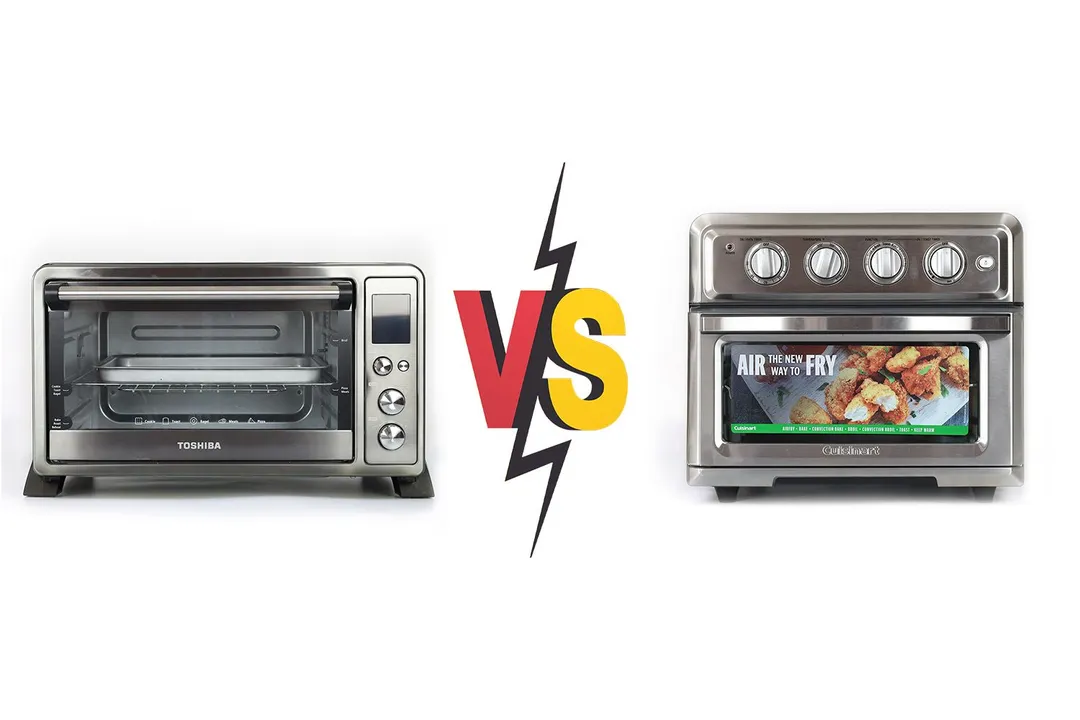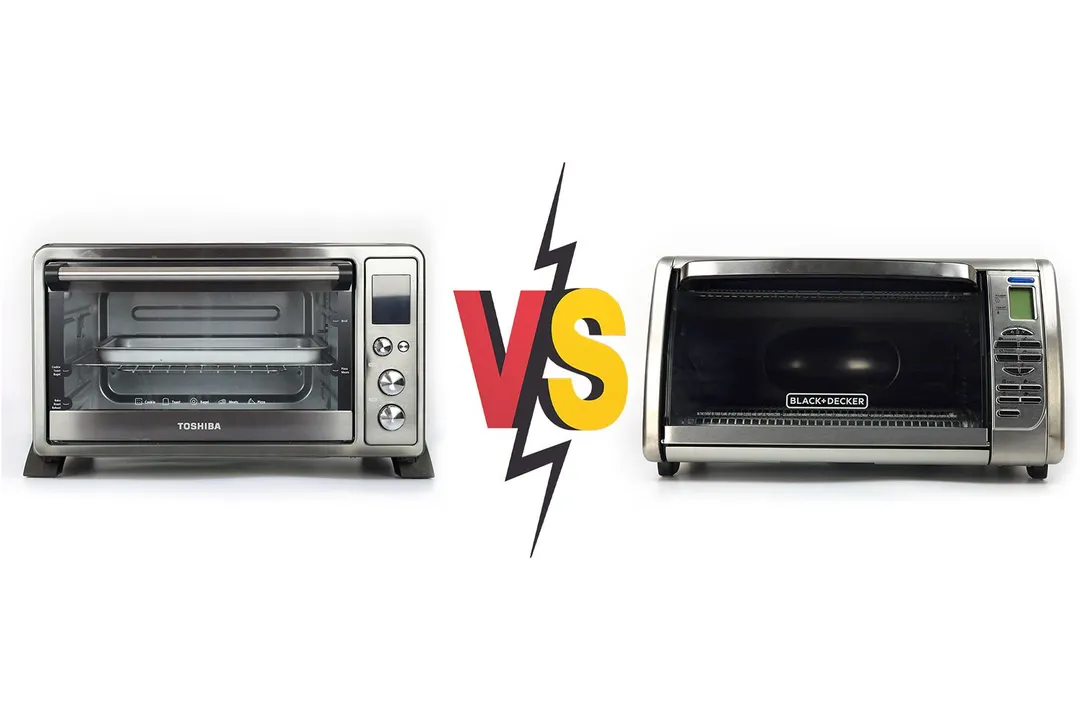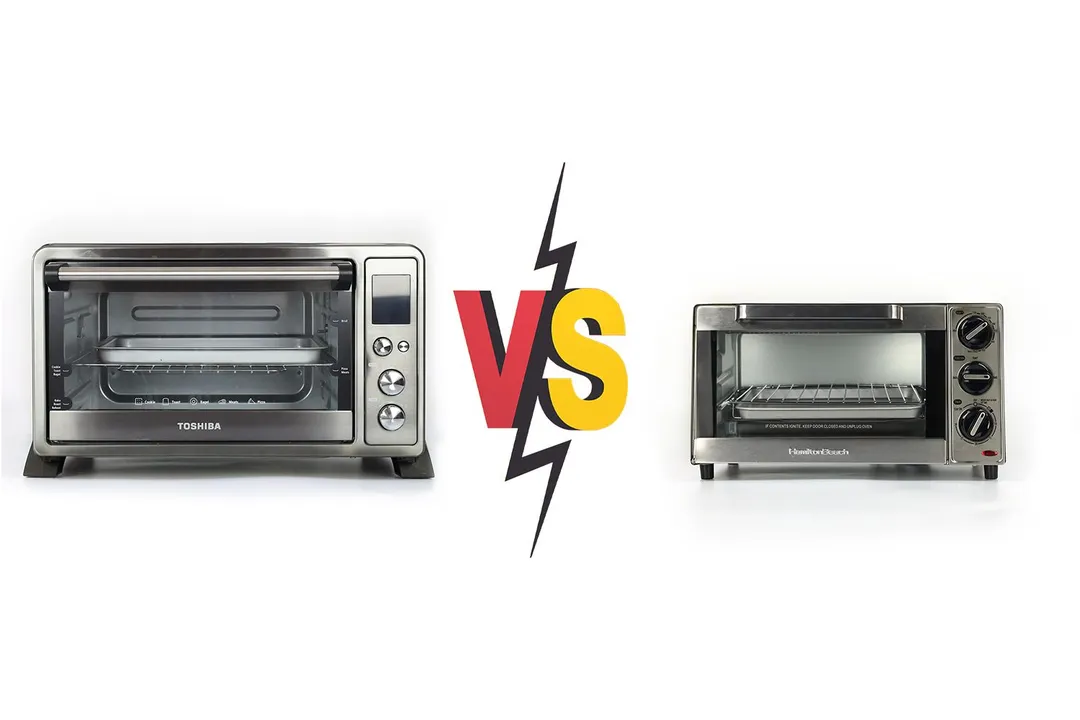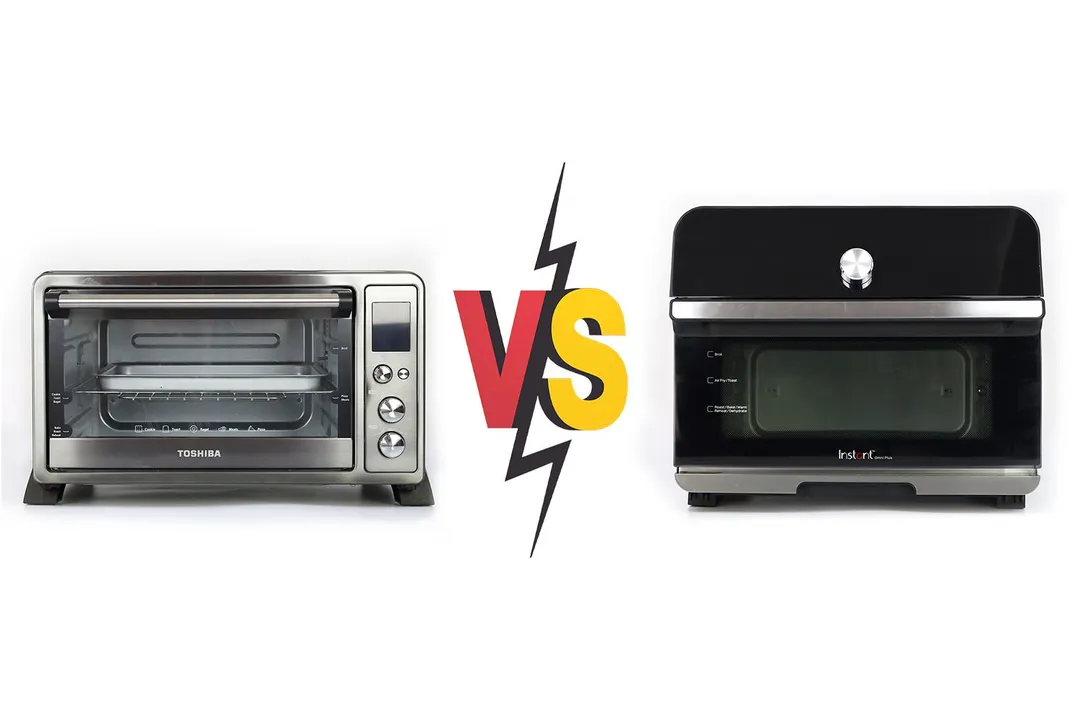Our recommendations are made independently through Research & Testing. We may receive commissions from purchases made via our links.
Toshiba AC25CEW-BS vs Hamilton Beach 31127D Toaster Oven Side-by-Side Comparison
Toshiba AC25CEW-BS vs Hamilton Beach 31127D Toaster Oven. The differences between a budget medium-sized toaster oven versus our best-value medium-sized unit.
Toshiba AC25CEW-BS
Tested Using Methodology v1.0Hamilton Beach 31127D
Tested Using Methodology v1.0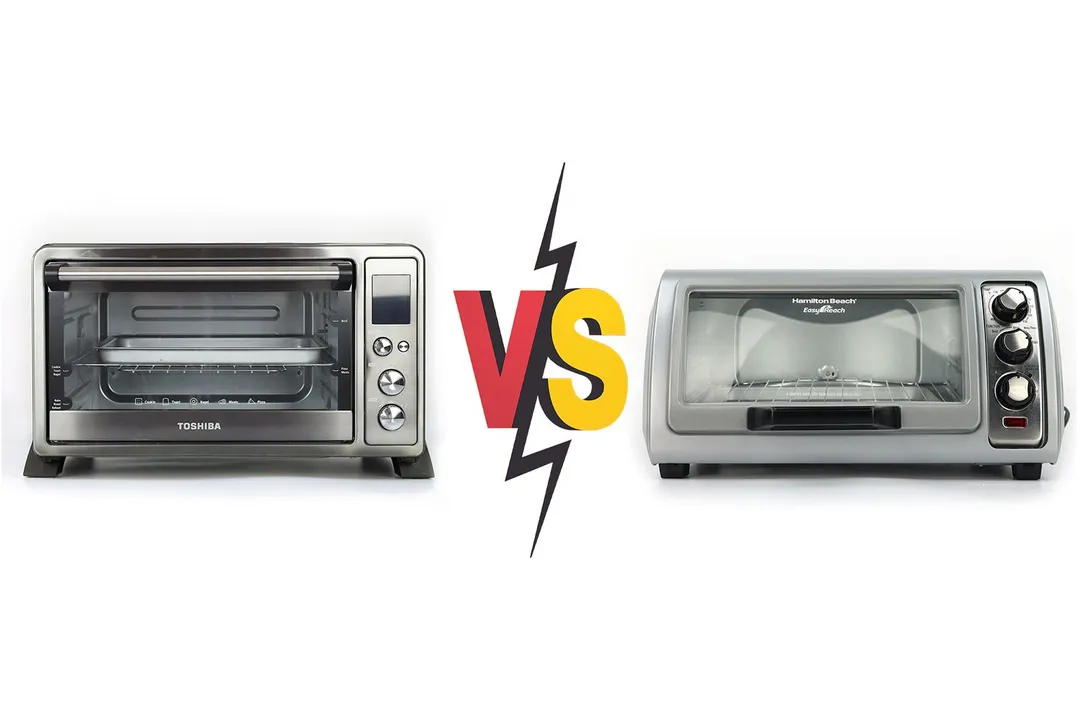
Overall Verdict
Although both use four nichrome heating elements, the Toshiba AC25CEW-BS was the winner in all of our performance tests, probably due to its higher wattage. In addition, the Hamilton Beach 31127D stands out with its neat roll-top door but nothing changes the fact that it doesn’t have a convection system like the Toshiba.
While the Toshiba’s digital display allows for more unique cooking functions, the Hamilton’s analog control has a stay-on feature. Both are very simple to operate.
The two ovens are similar in size but the Hamilton is a lot lighter. Not necessarily due to the height difference, the Toshiba has three tray levels while the Hamilton only has two.
Both have the standard baking rack and pan but the Toshiba further comes with a rotisserie kit and rack clamp. However, none of the two has an interior light or any of the other usual convenient features.
As medium-sized countertop toaster ovens go, the Hamilton Beach 31127D and the Toshiba AC25CEW-BS both feature sturdy construction and durable material. While the first one is considerably cheaper, the second one is our best-value choice for a number of reasons.
Pros & Cons
- Highly affordable
- Good value in terms of functionality and accessories
- Lightweight but sturdy design
- Easy-to-turn knobs
- High-contrast digital display
- Cool-touch door handle
- Easy-to-clean stainless steel exterior
- Easy-to-clean stainless steel exterior
- Roll-top door
- Cool-touch door handle
- Simple control knobs
- Stay-on feature
- Spacious interior
- No safety mechanism for the door
- Convection fan isn’t all-applicable
- No internal lighting
- No convection fan
- No internal lighting
- No safety mechanism for the door
Key Specs
Where to Buy
*You help support HealthyKitchen101's product testing and reviews by purchasing from our retail partners.
Analysis and Test Results
Performance
Toast
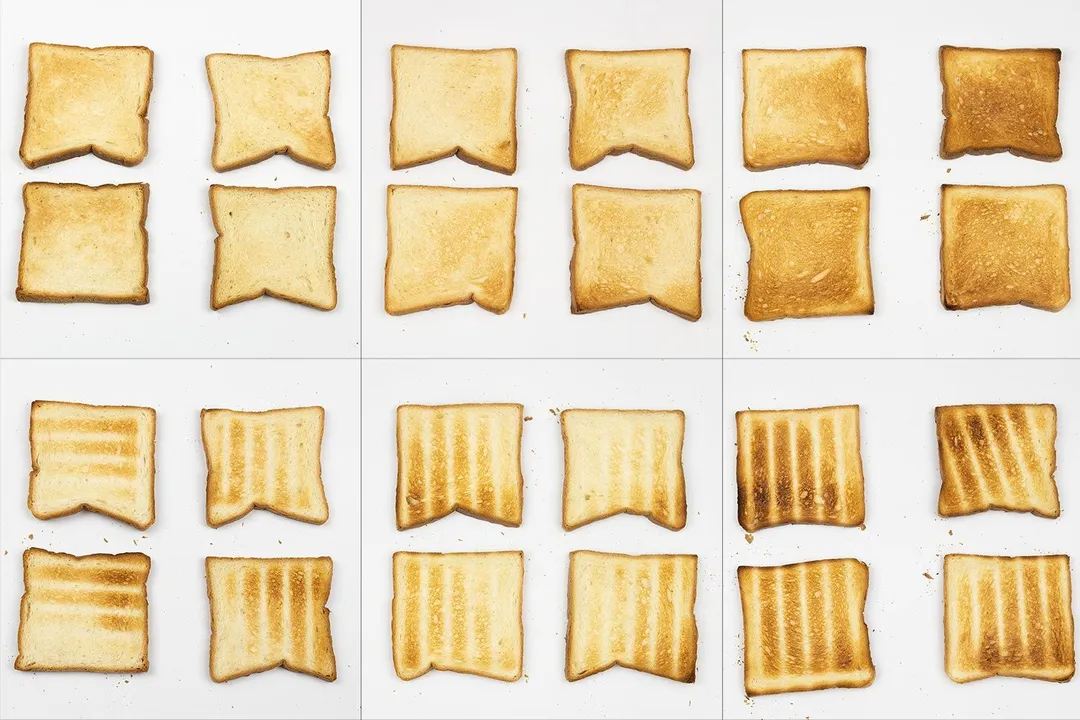



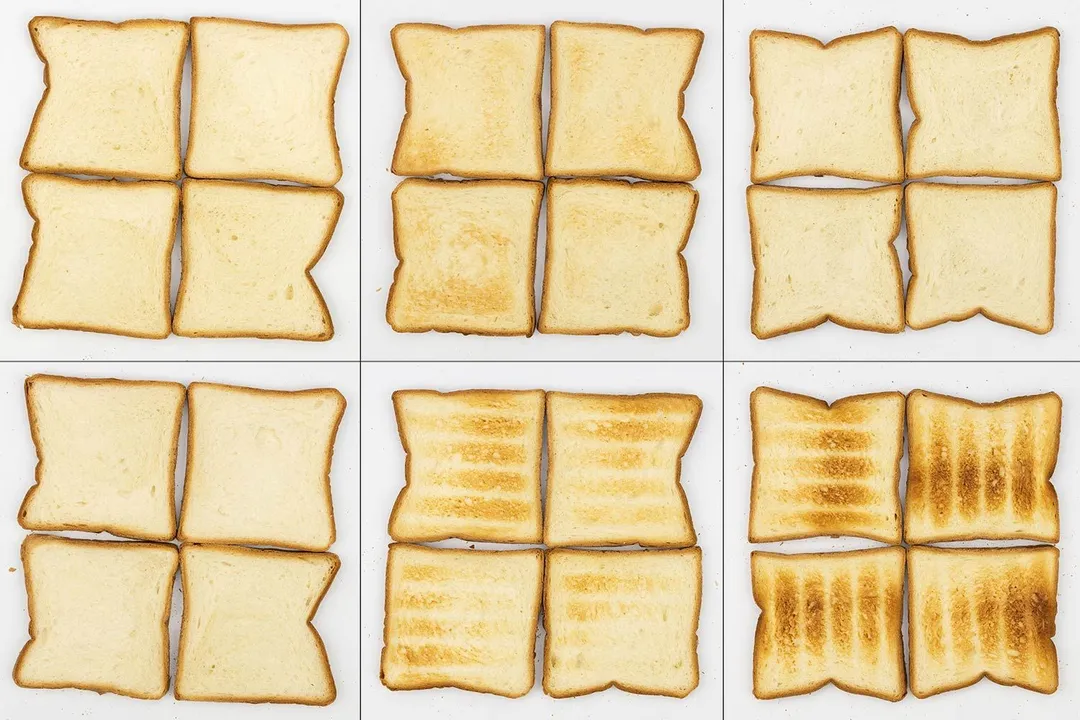

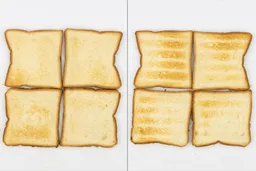

Pizza
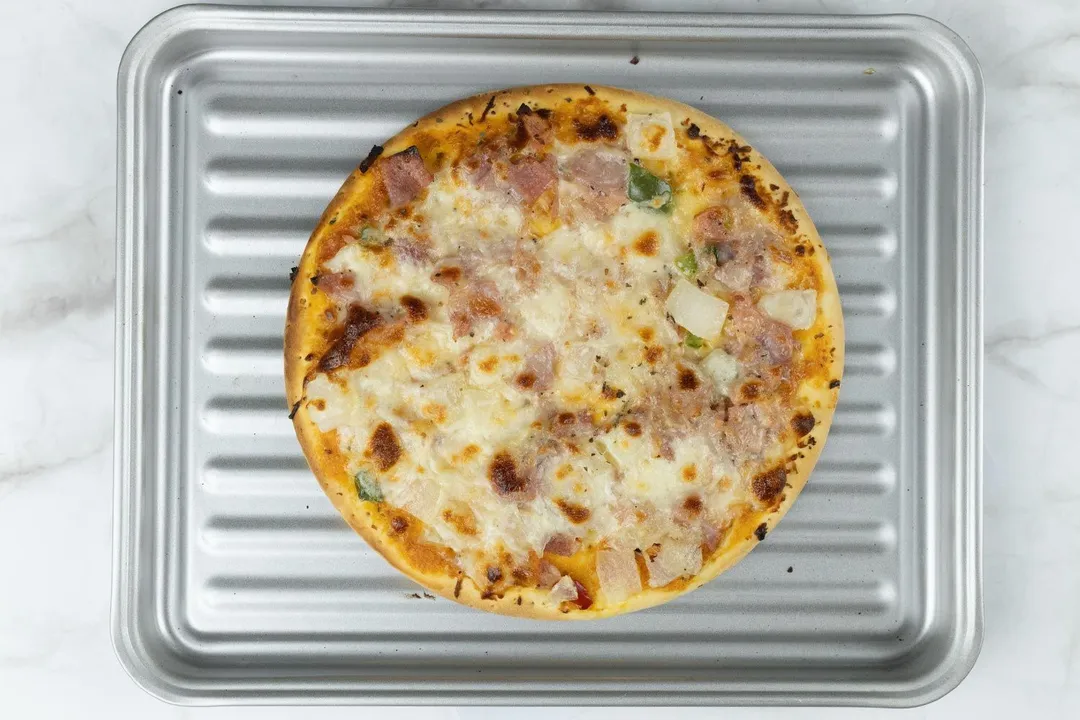



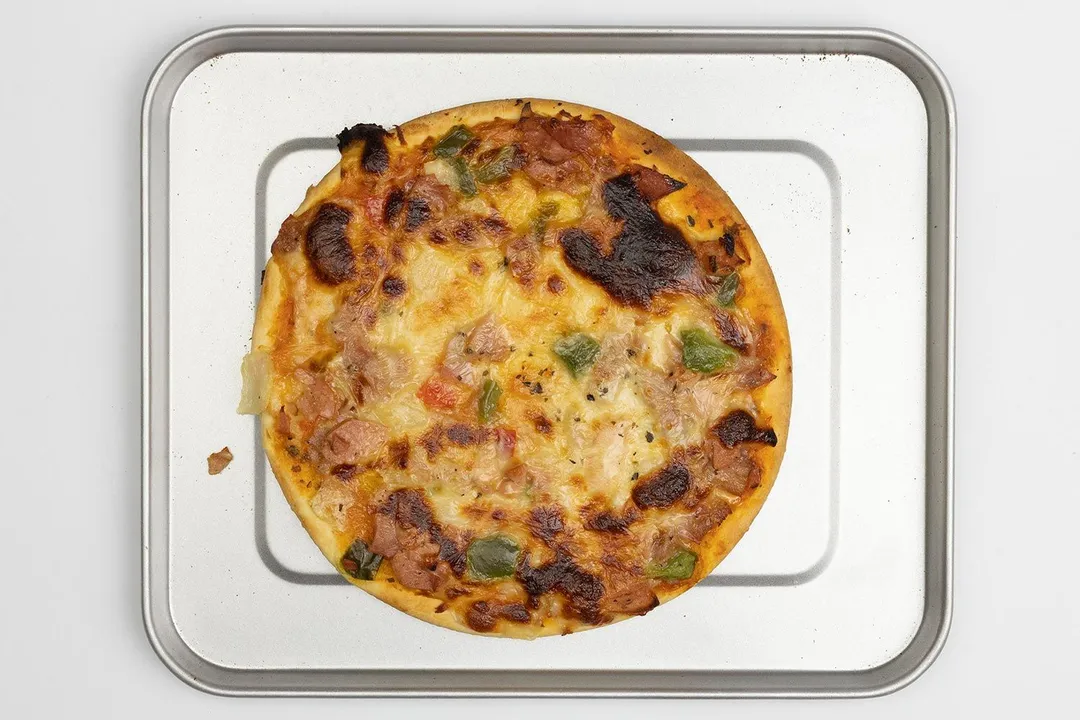



Whole Roasted Chicken
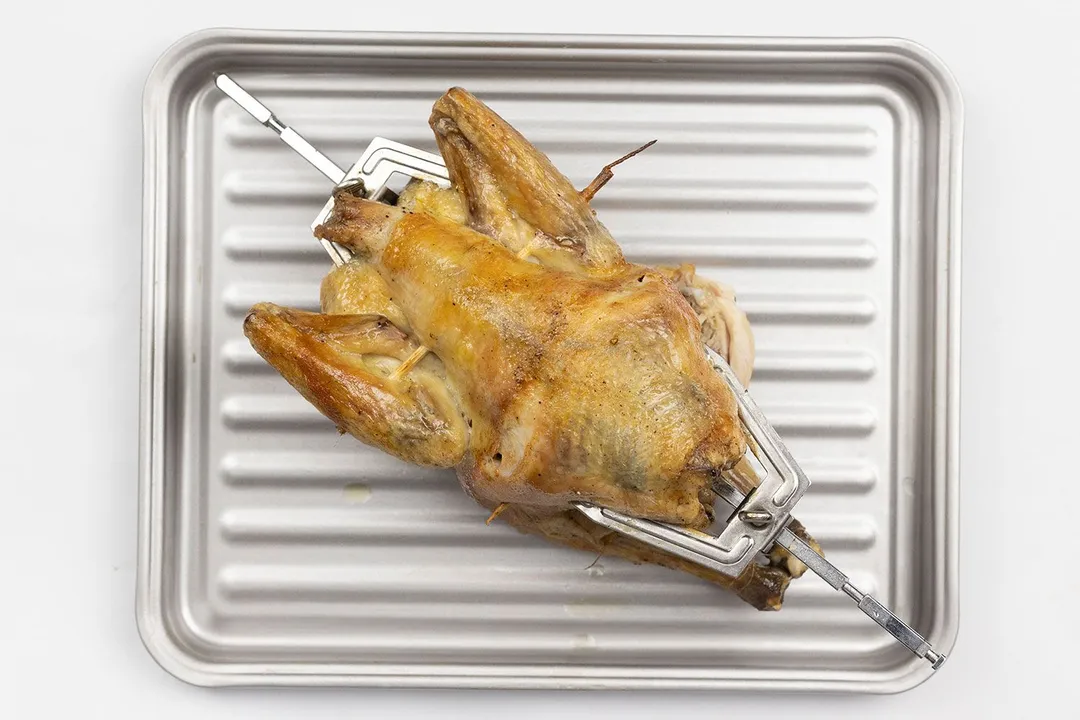

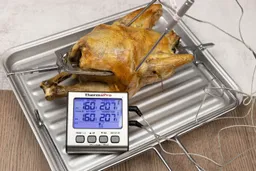


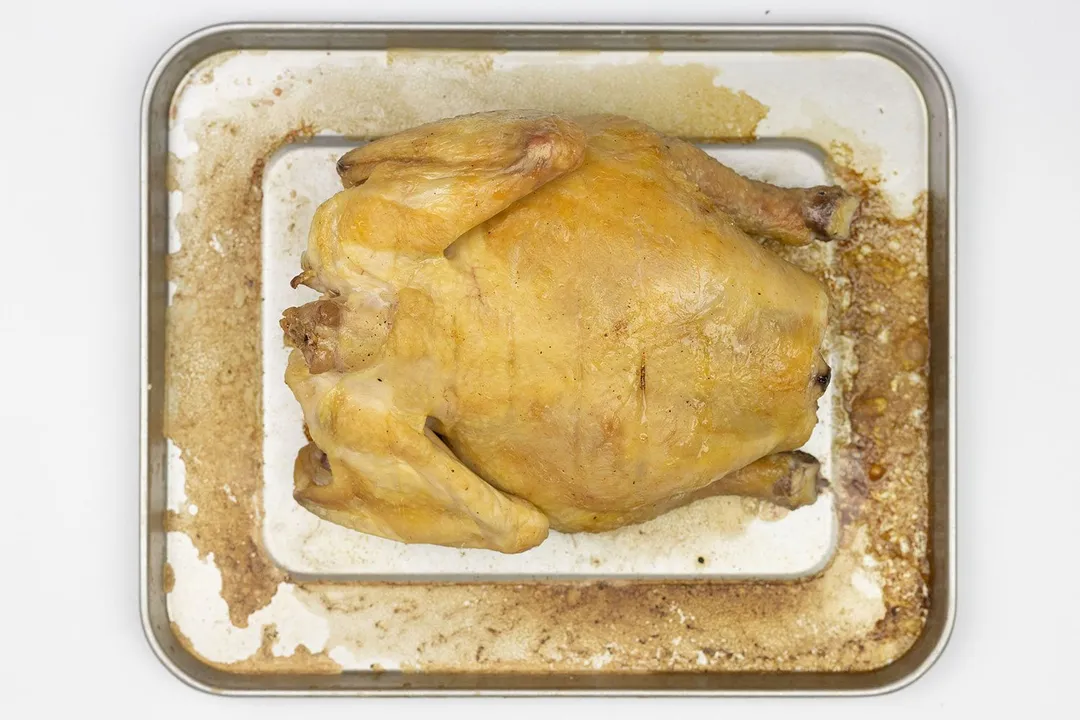




Baked French Fries
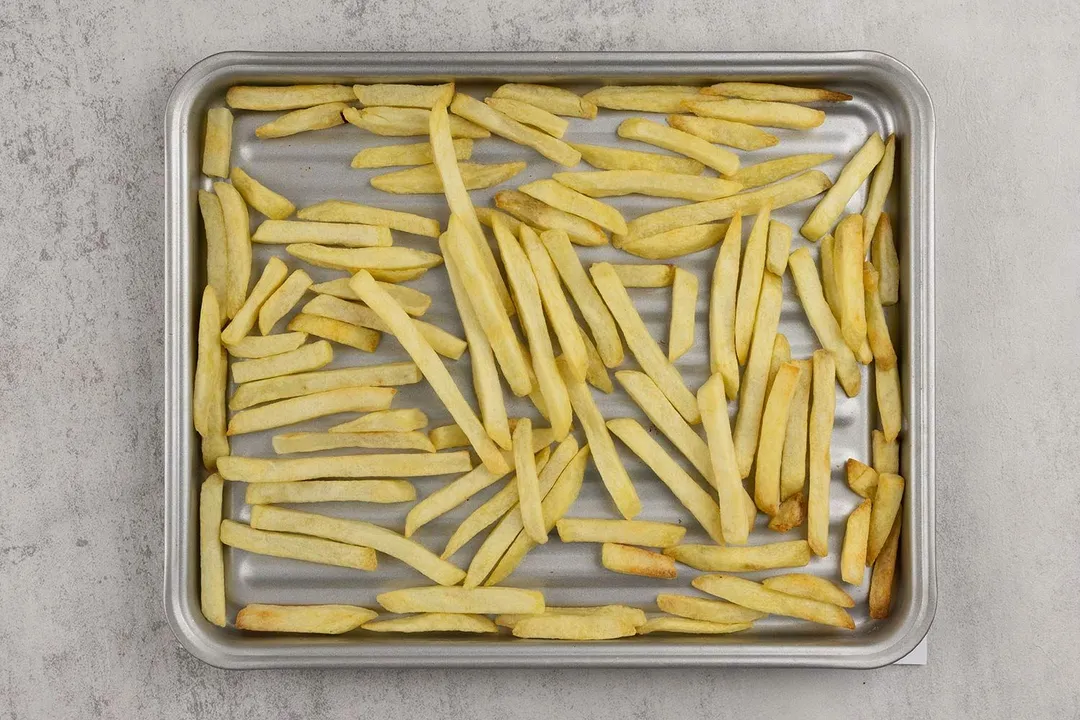
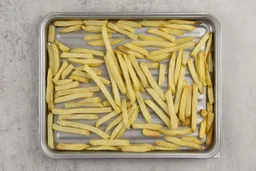


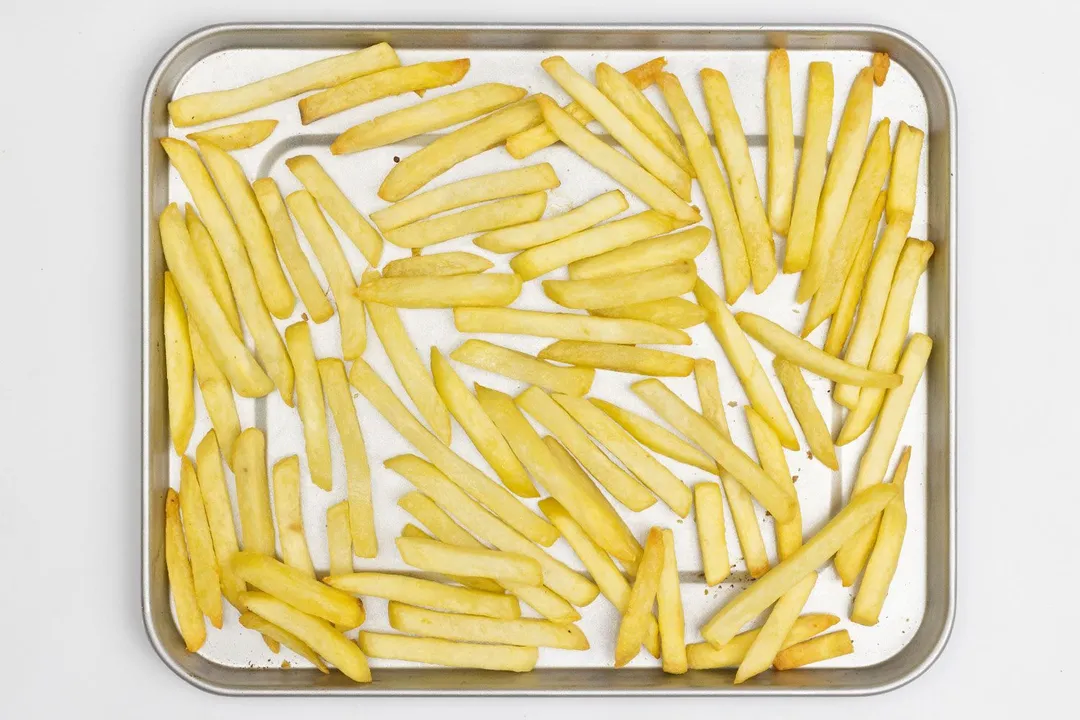



Design
In the Box
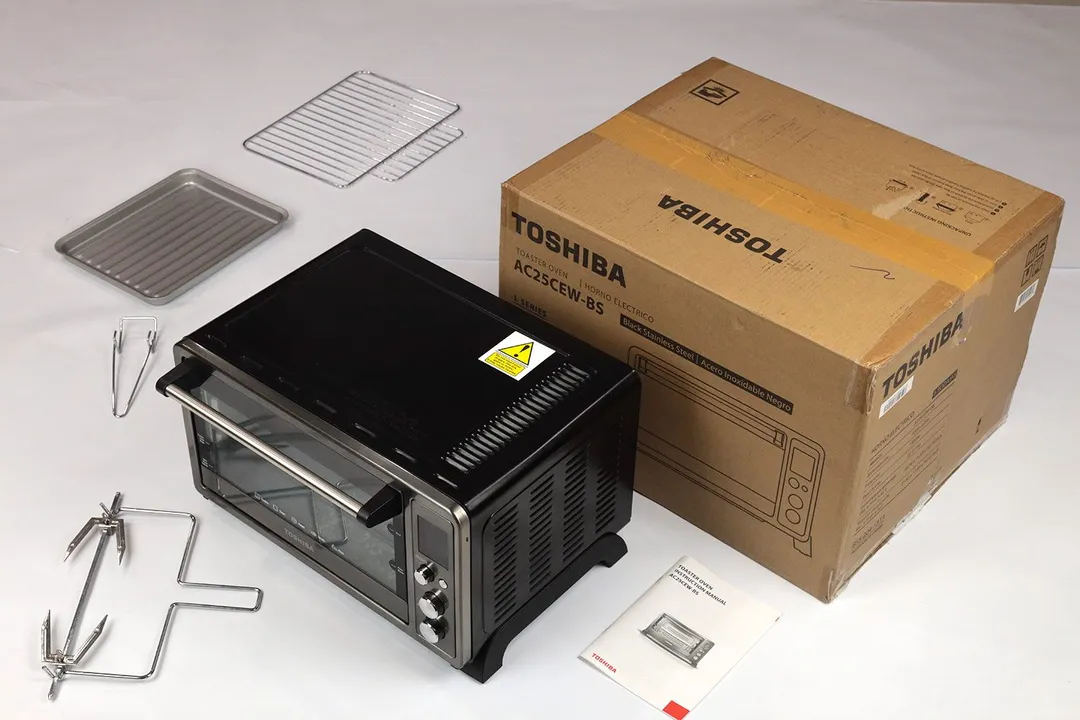
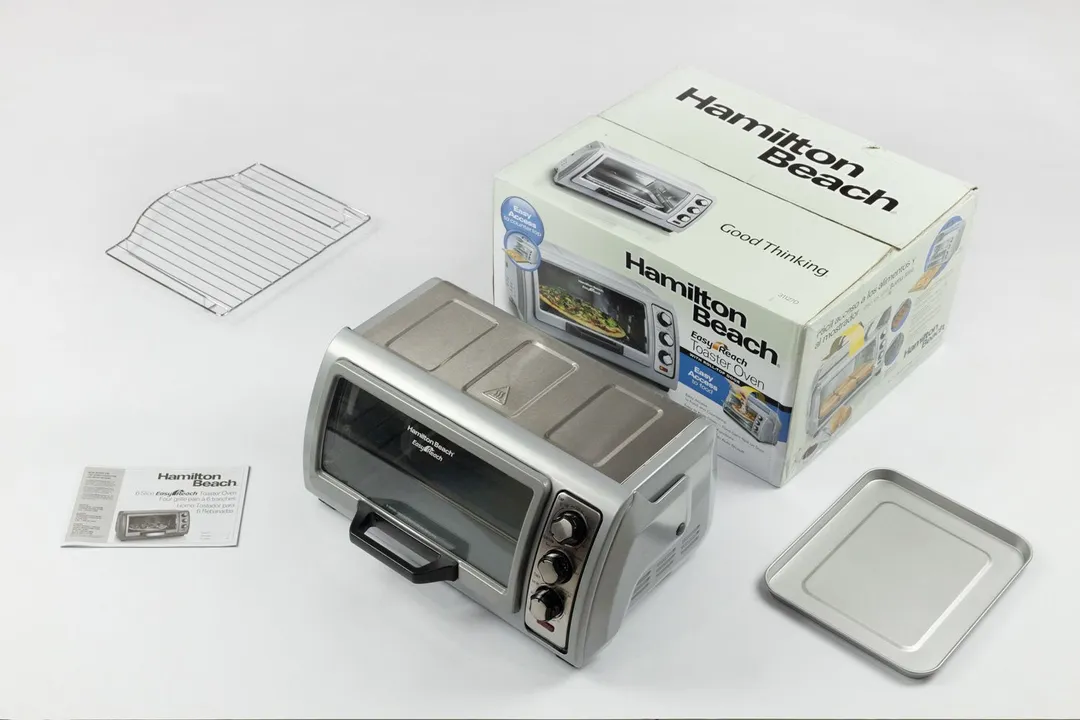
Exterior
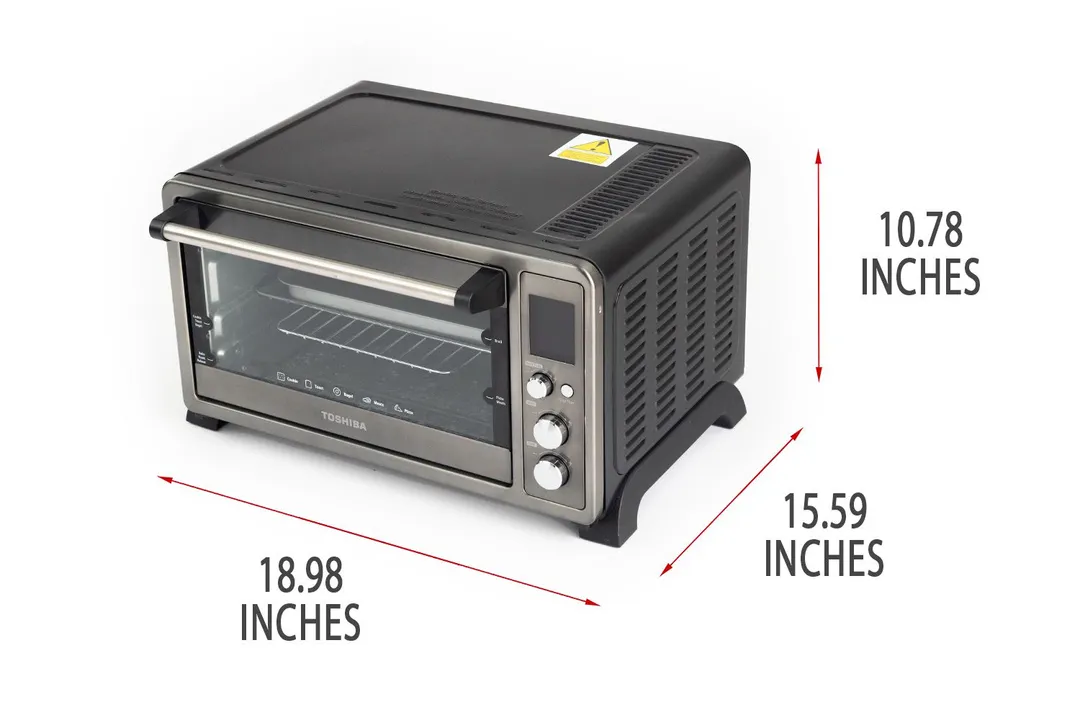
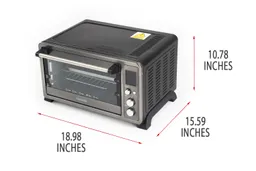
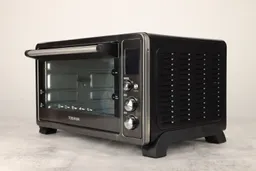
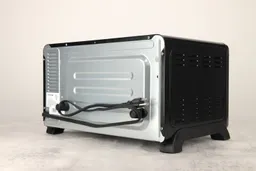


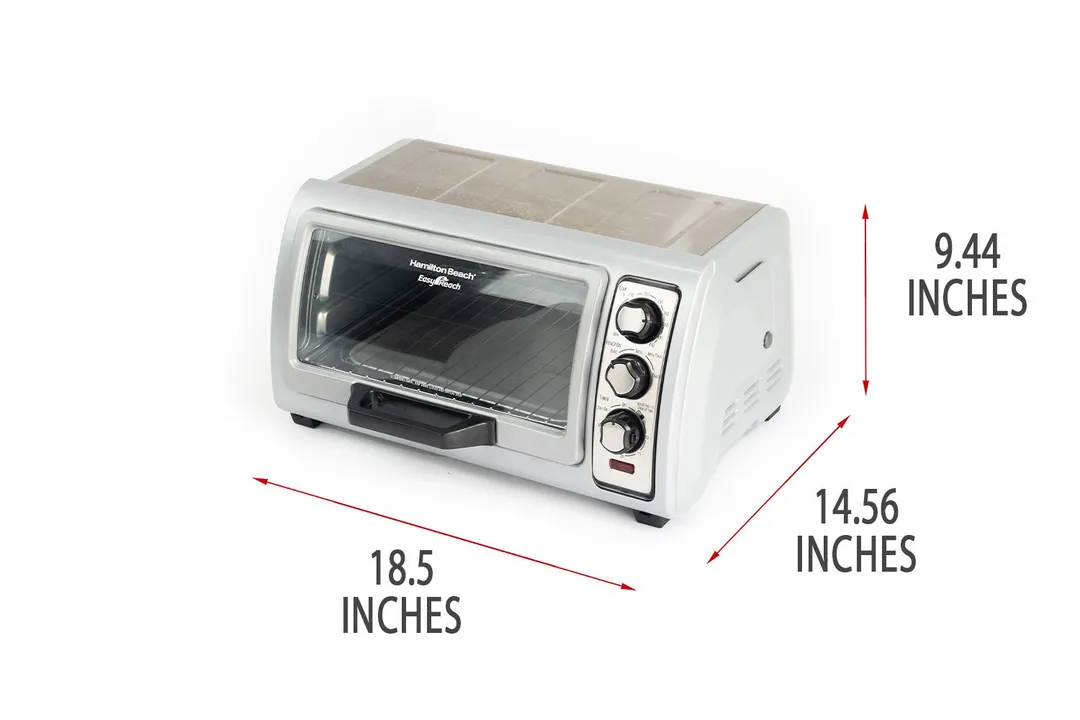
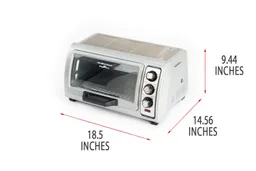
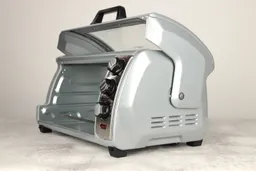
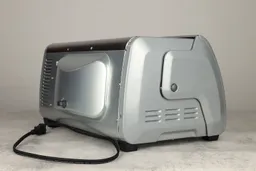
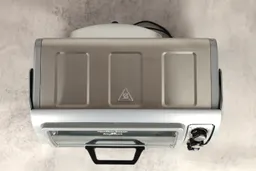
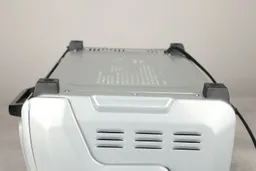
Control Panel
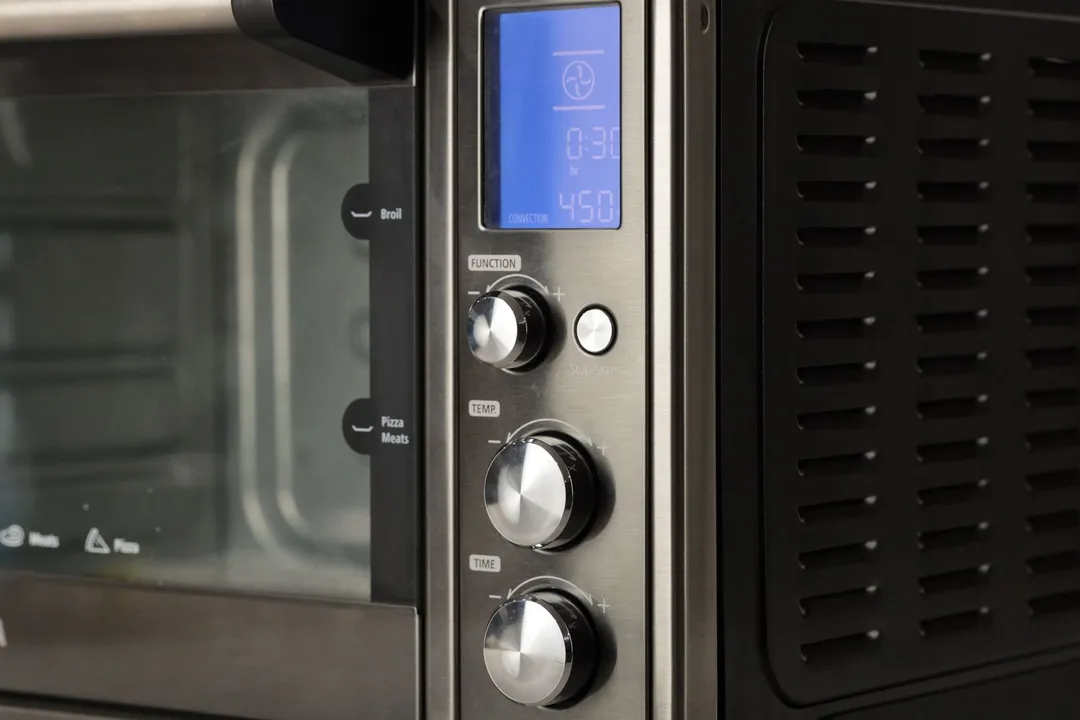
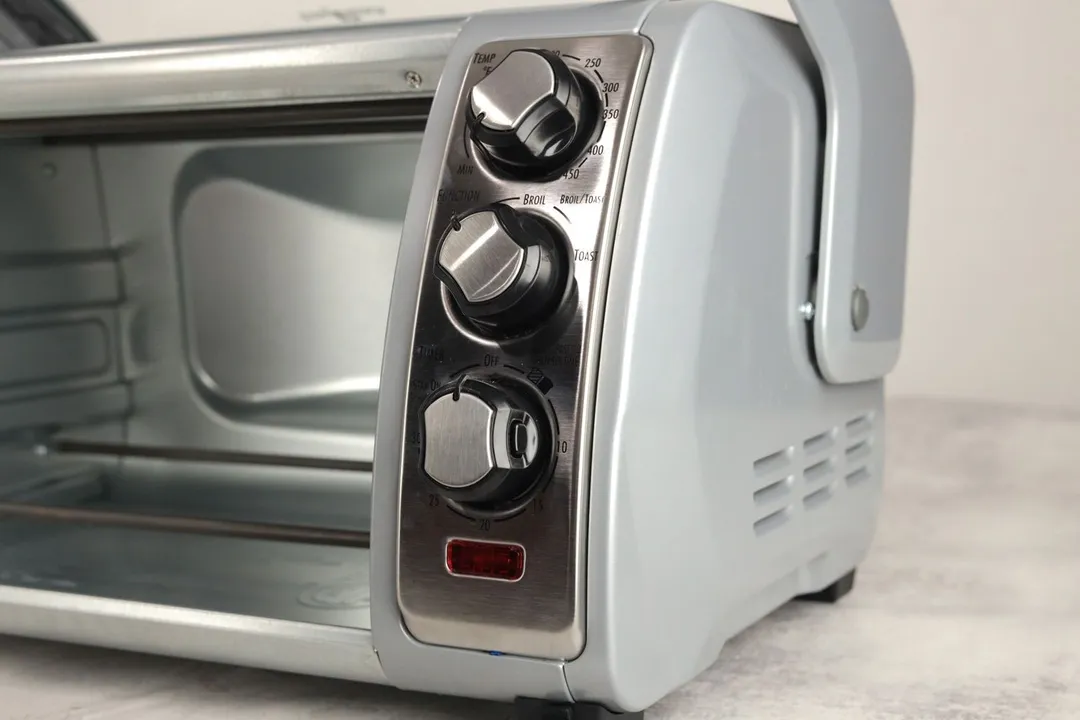
Cooking Functions
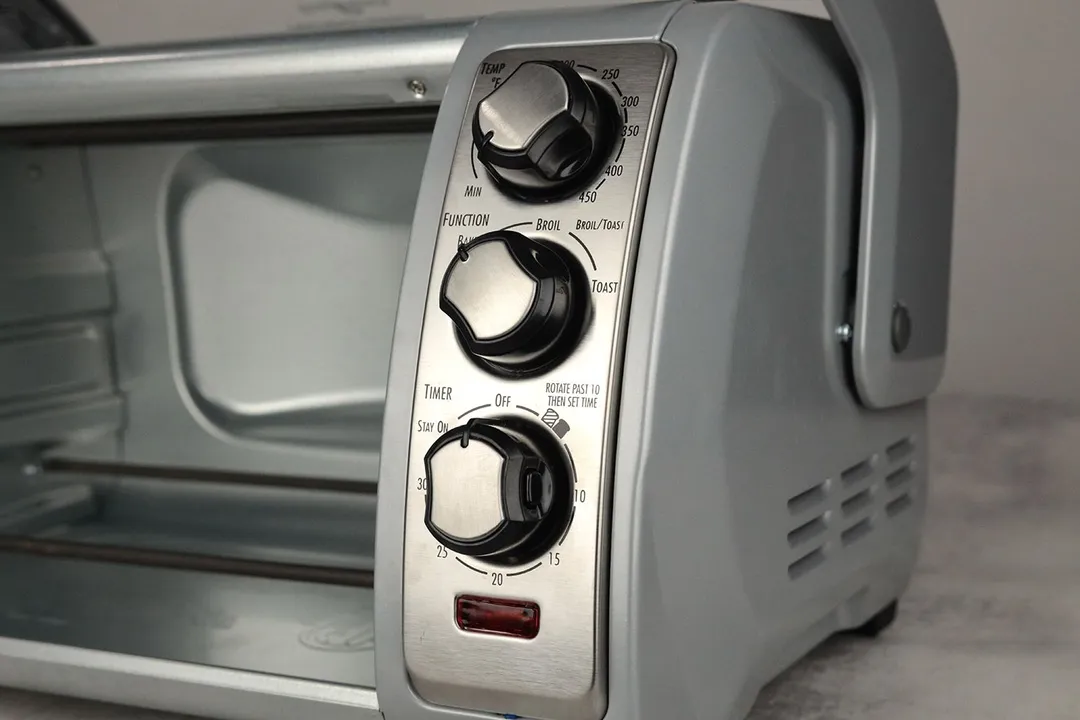
Interior
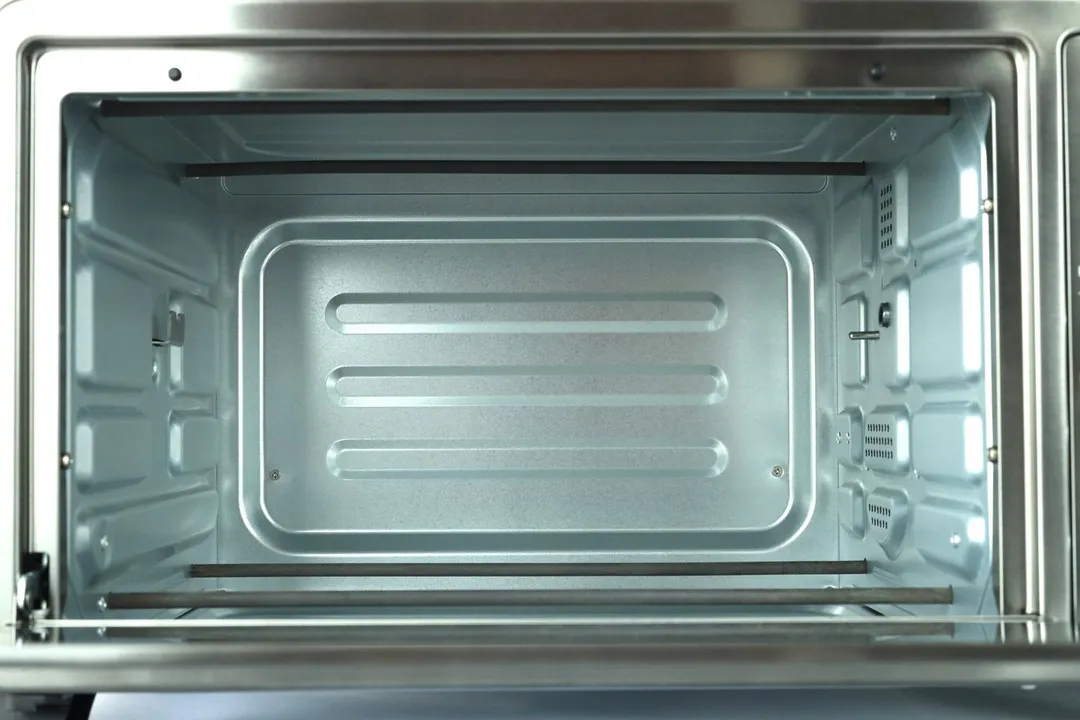
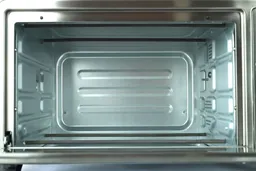
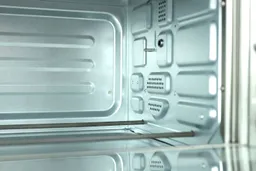
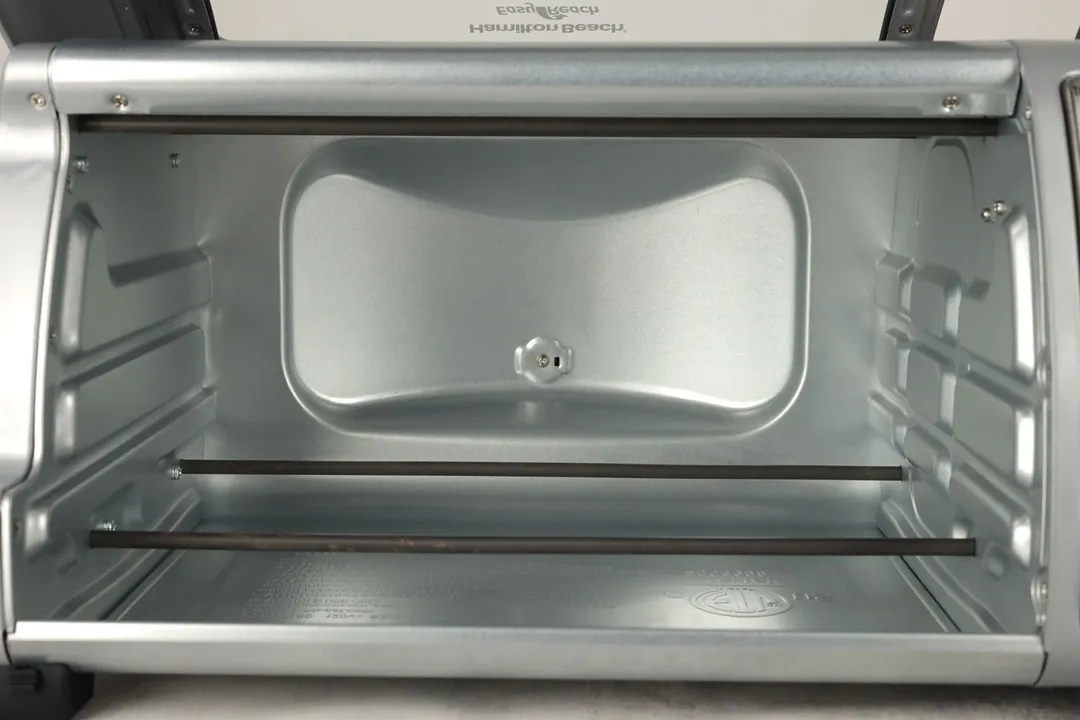
Power Cord
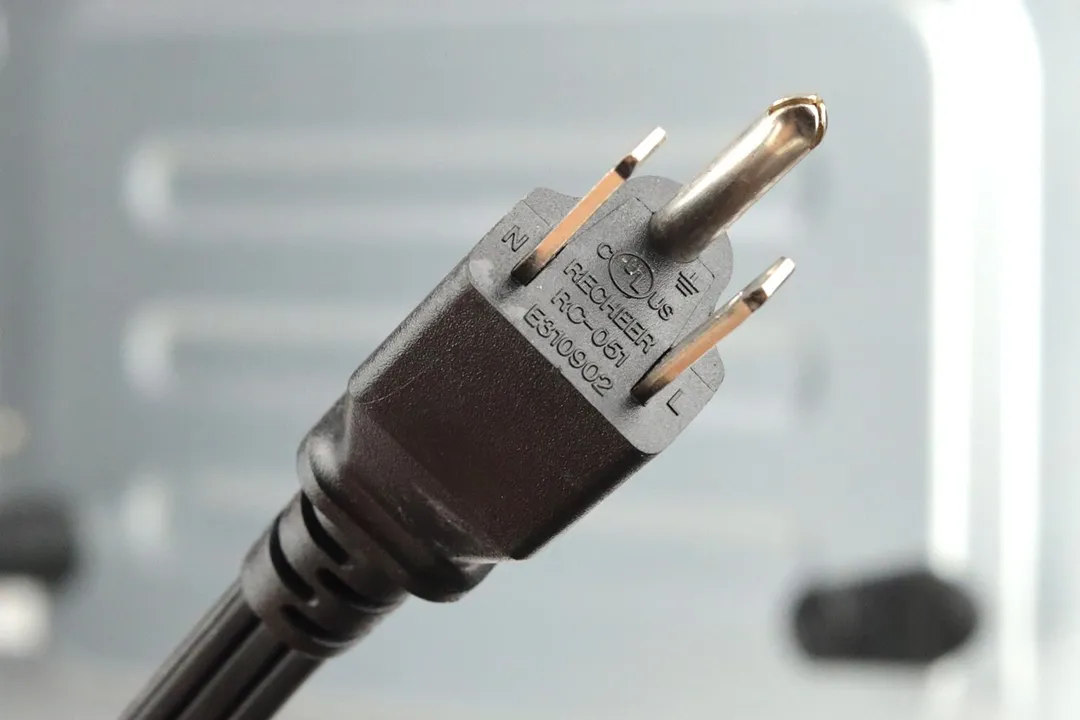
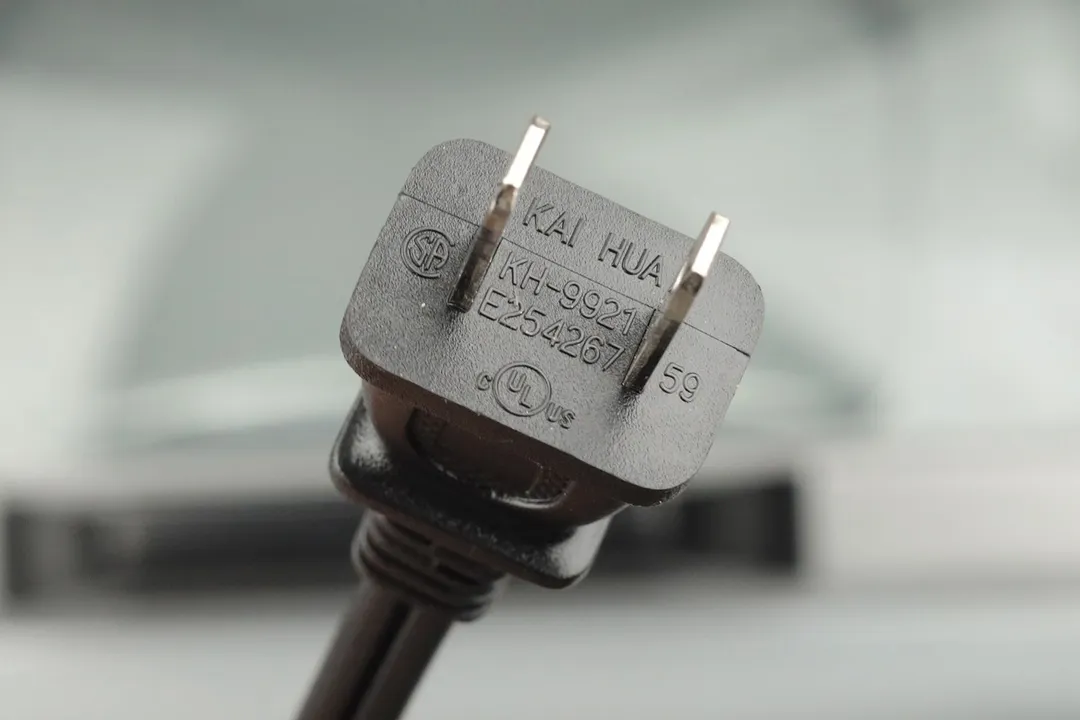
Accessories
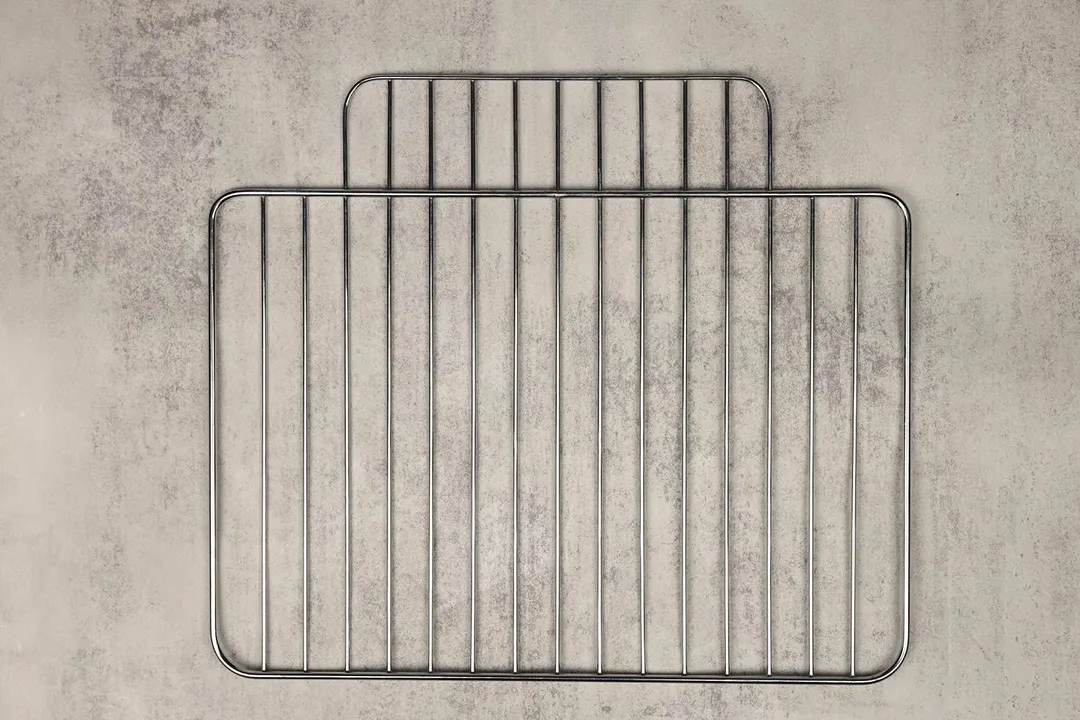
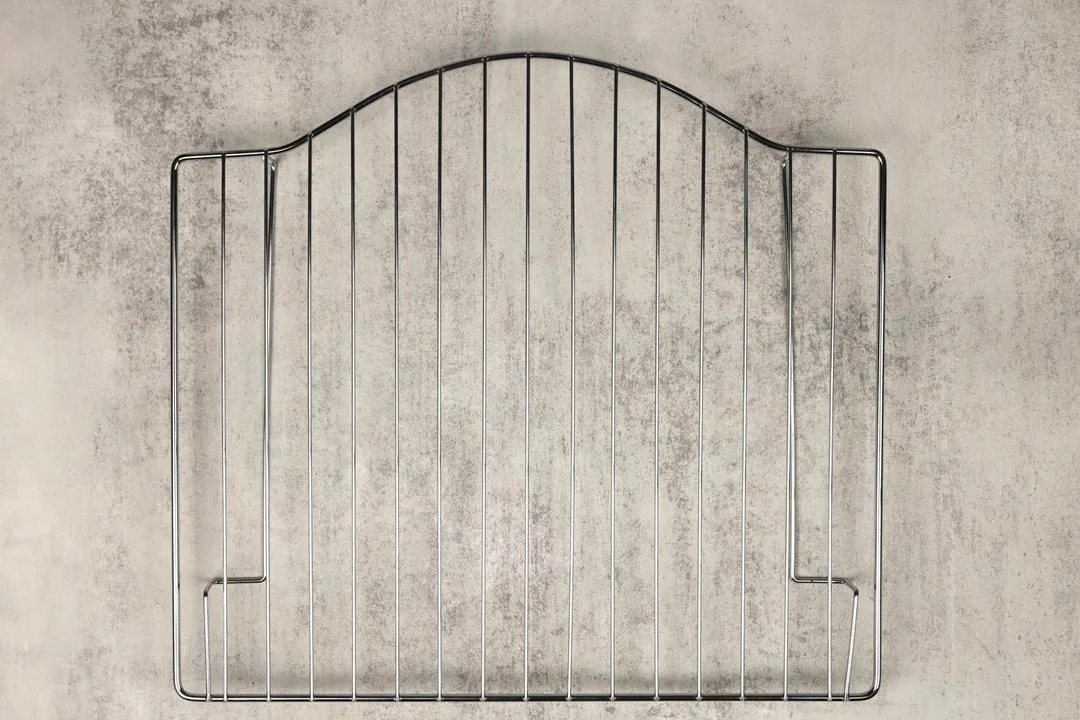
Build Quality
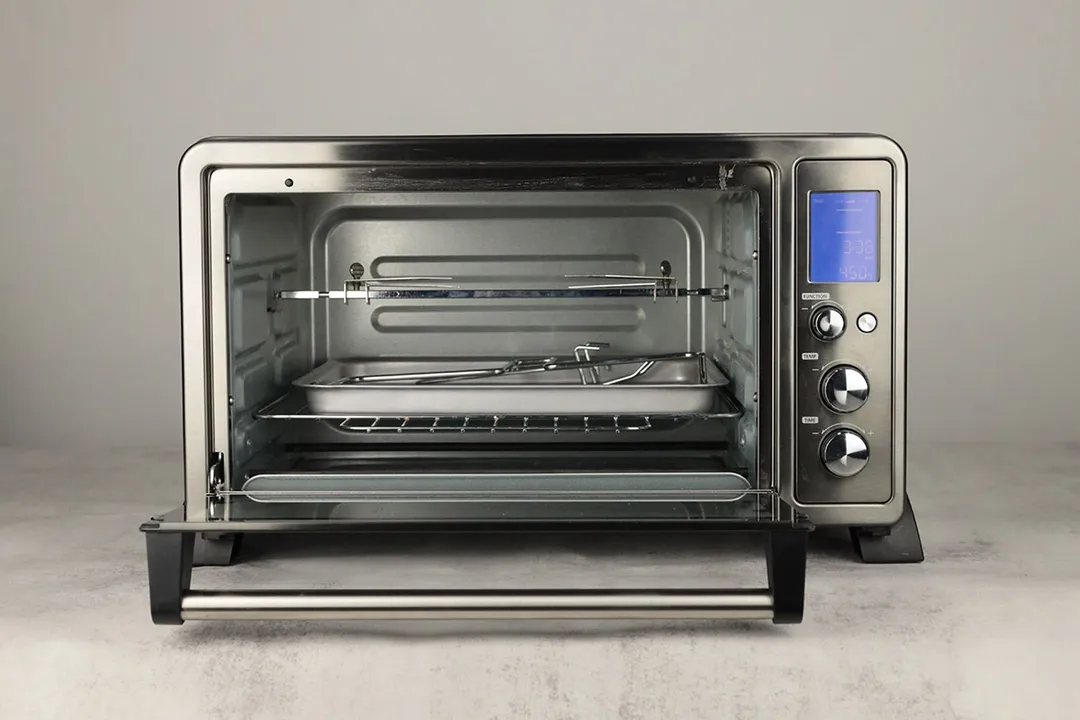
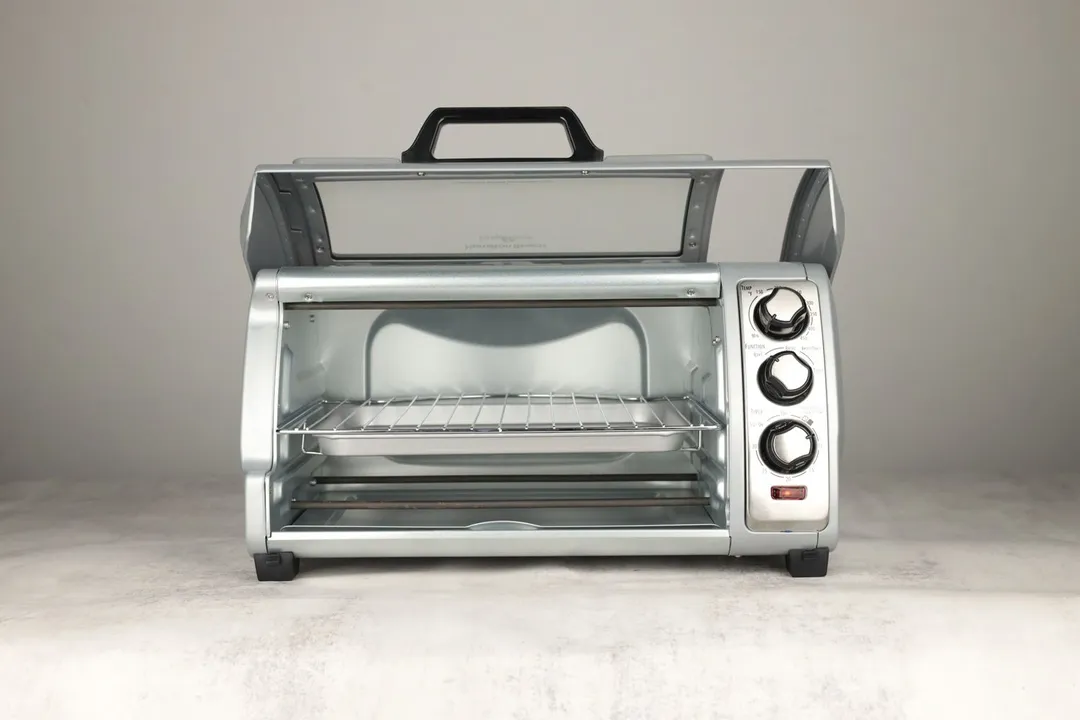
Capacity
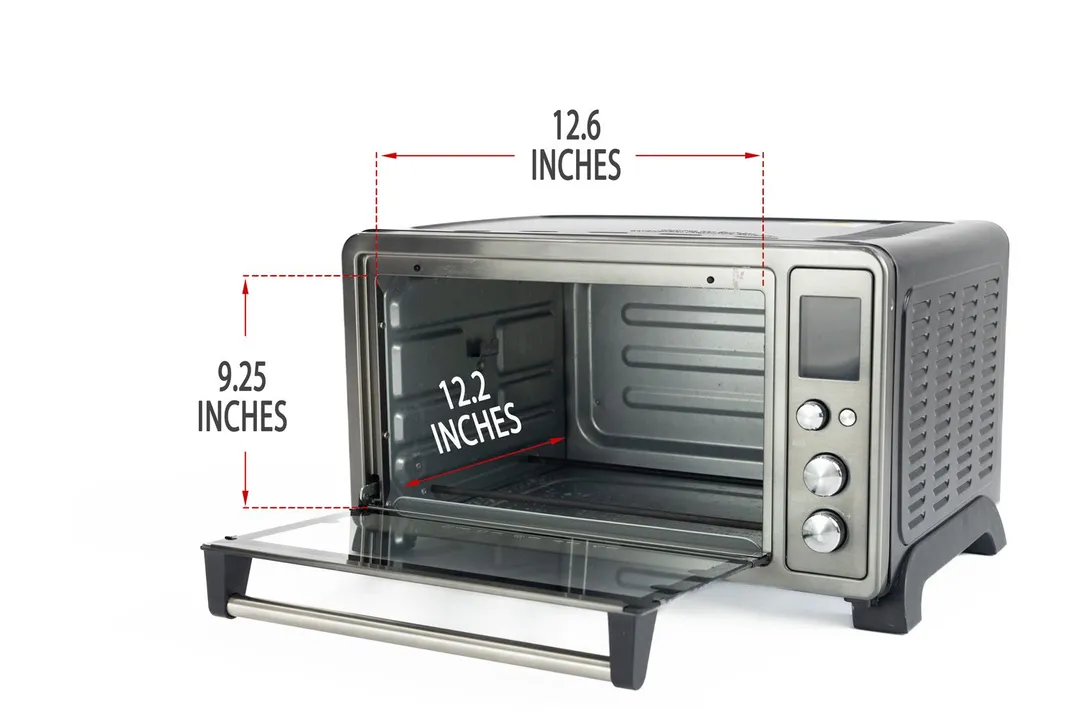
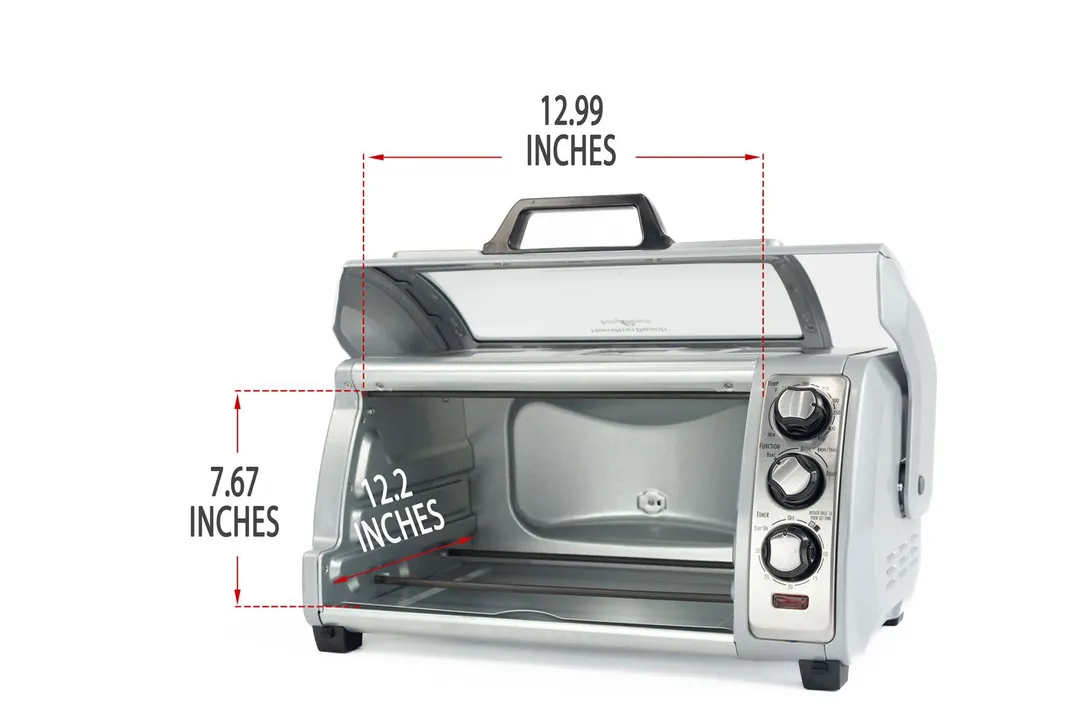
Usability
User Control
Ease of Use
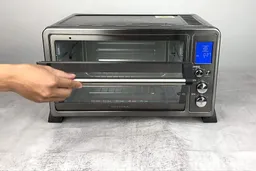

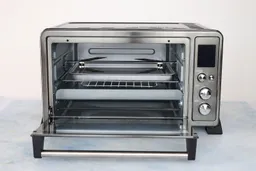
Cleanability
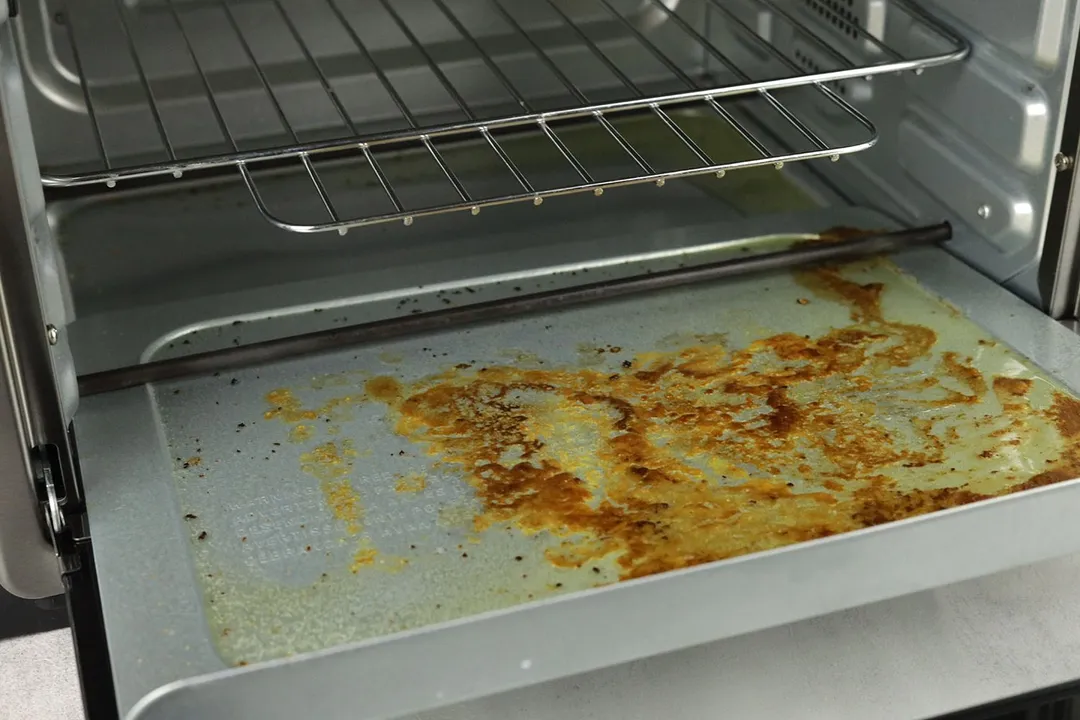



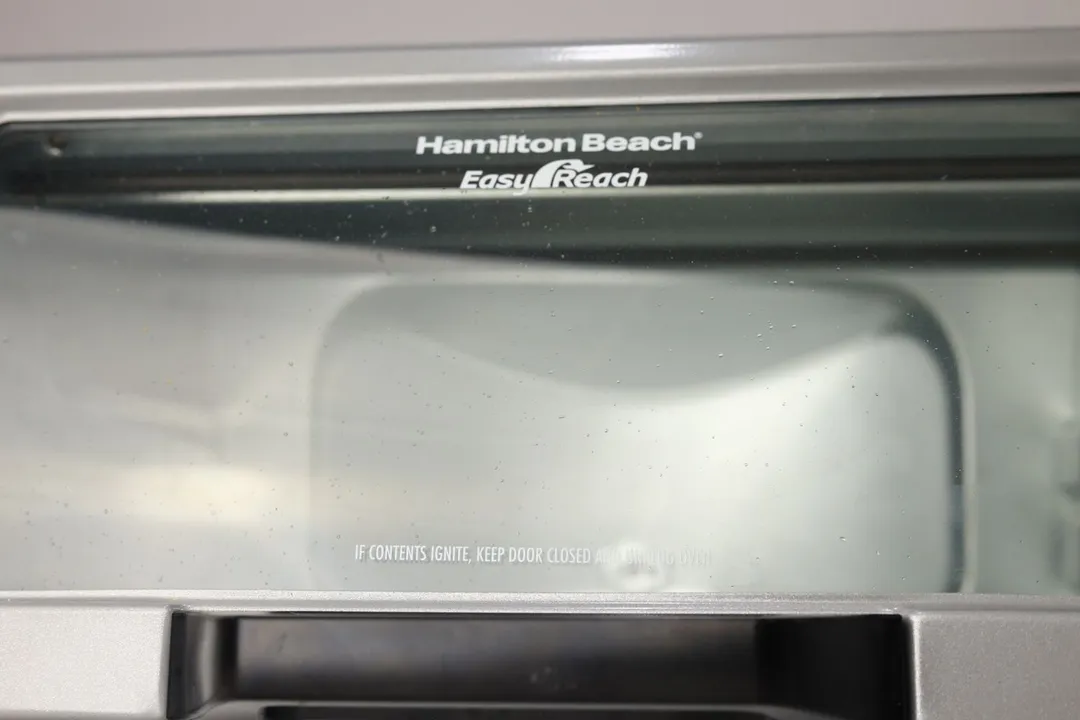
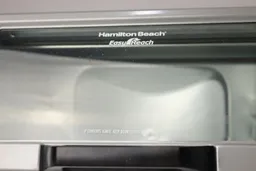



Behind the Comparison
Alan Nguyen is a writer and product reviewer at HealthyKitchen101. His major in English language teaching taught him to present concise information. In addition to his cooking hobby, he values the practical aspects of household appliances.
Lap is Head of the Research, Testing, and Review Team (RTR Team) at HealthyKitchen101.com, where he directs and supervises the testing of kitchen gadgets and appliances.
Tuyet Pham is an award-winning Saigonese chef passionate about delicious and healthful foods. At HealthyKitchen101, she develops recipes and collaborates with our Research, Testing, and Review lab to evaluate the performance of cooking appliances. Her assessments add a strong authoritative voice to our product scoring process.
Nguyen Ntk is a graphic designer, photographer, and videographer whose philosophy centers around respecting and celebrating the beauty of reality. Through his lenses, Nguyen strives to capture the true essence of objects and events, showcasing and highlighting authentic features without distortion or exaggeration.




